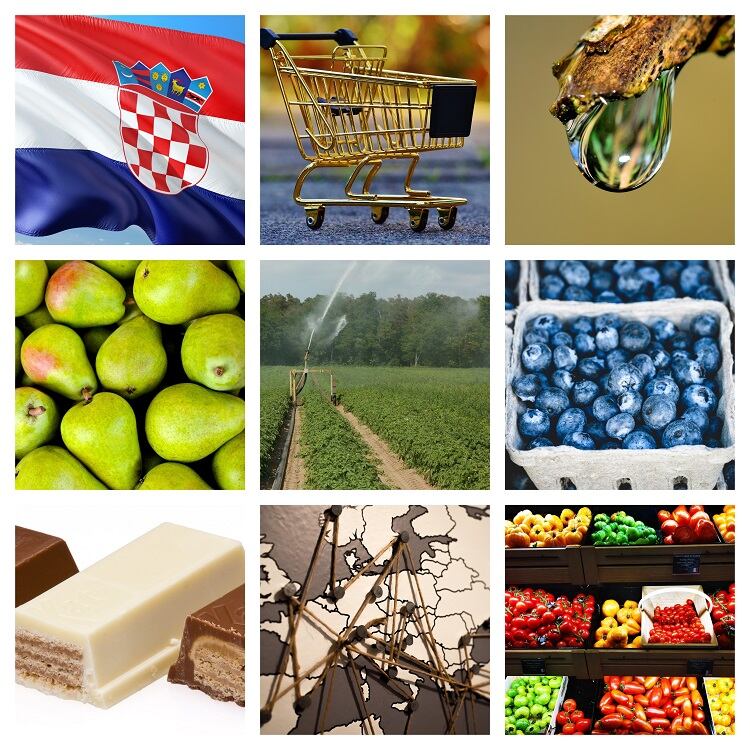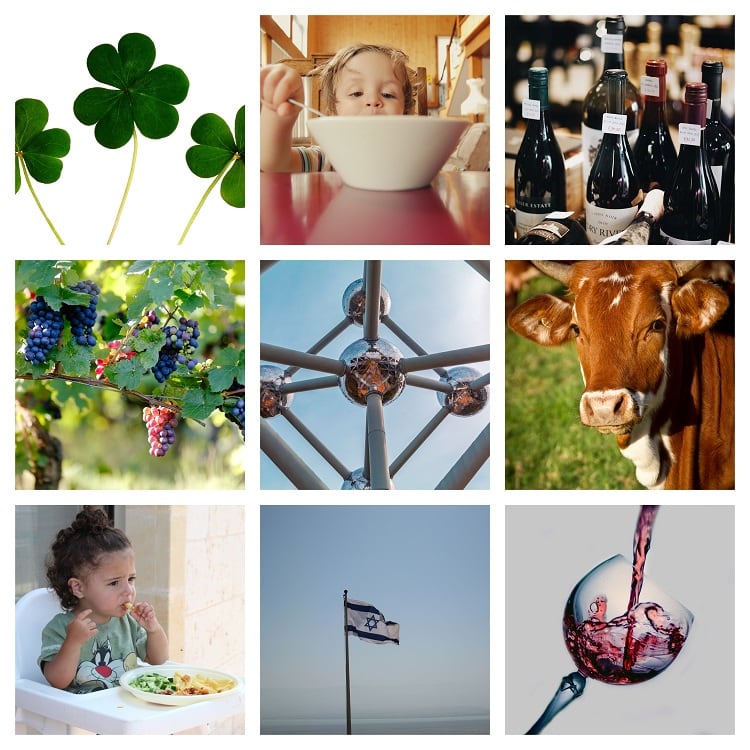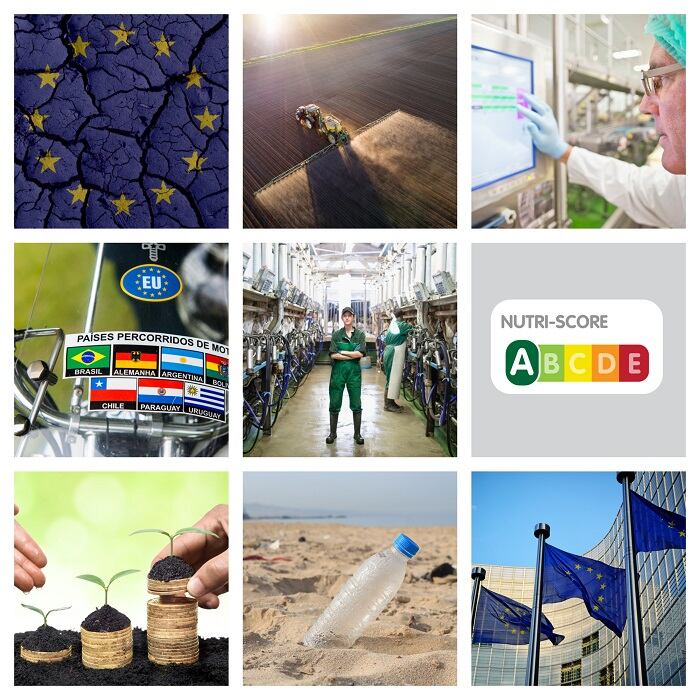EFSA publishes pesticide residue data
The European Food Safety Authority (EFSA) has published its 2017 findings on pesticide residue in food products.
The study looked at 88,247 samples across all Member States, plus Iceland and Norway. Twelve food products were considered: oranges, pears, kiwi fruits, cauliflowers, onions, carrots, potatoes, dried beans, rye grain, husked rice grain, poultry fat, and sheep fat.
These items were tested against 171 pesticides – 149 in plant-based products, 8 in food of animal origin, and 14 in both.
The study found that 95.9% of the 88,247 samples analysed fell within the legal limits (84,627 samples).
In 54.1% of the tested samples, no quantifiable residues were reported. And 41.8% of the samples analysed contained quantified residues at or below the maximum residue levels.
Where maximum residue levels were exceeded in plant-based products, the highest exceedance rates were identified in rice and pears, followed by dried beans, carrots, rye, kiwi fruits, potatoes, oranges, cauliflower and onions.
EFSA concluded that for “for the samples analysed, the probability of European citizens being exposed to pesticide residue levels that could lead to negative health outcomes is low”.
Complete findings were published in the EFSA Journal.
Similarly branded food products found to contain different compositions
Earlier this week, the European Commission published the findings of a comparison study prompted by claims of ‘dual quality’ food products in Member States.
Dual quality food refers to products with identical front-of-pack appearance which are ‘significantly different’ in composition or characteristics.
The report found that 9% of products presented as being the same across the EU – with identical front-of-pack appearances – but had different composition. An additional 22% of all products tested presented in a similar way, but had a different composition.
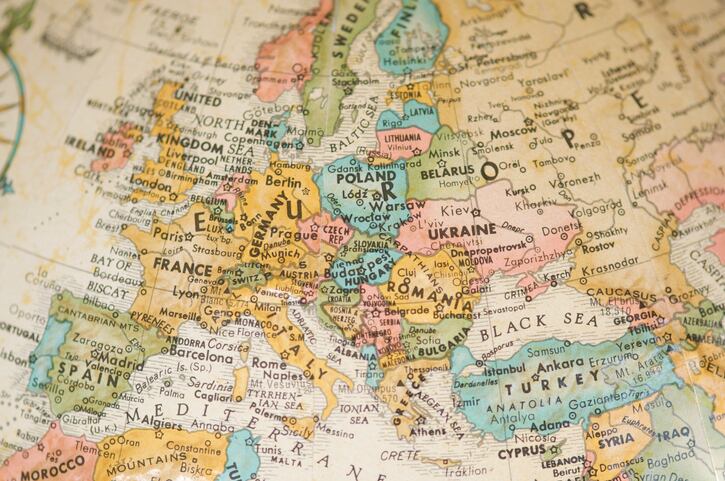
These disparities were, however, the minority. Twenty-three percent of products had an identical front-of-pack and identical composition, and 27% of products signalled their different composition in different EU countries with a different appearance.
Prior to undertaking the study, it had been suggested by some Member State representatives, that ‘dual quality’ was an ‘East-West’ issue – and that better quality products with identical packaging were being sold in Western European countries.
The findings quash these rumours. Further, where compositional differences were identified, they did not necessarily constitute a difference in product quality.
“The results are mixed: while I am happy that they found no evidence of an East-West divide in the composition of branded food products, I am worried that they uncovered up to one-third of tested products having different compositions while being identically or similarly branded,” said commissioner for education, culture, youth and sport, Tibor Novracsics, who heads up the research group responsible for the study.
Urban wastewater could help Europe adapt to consequences of climate change
The EU has taken steps to reduce the risk of water shortages for irrigation crops.
Earlier this week, the European Council agreed its position on a regulation aimed at facilitating the use of urban wastewater for agricultural irrigation.
The regulation gives Member States ‘flexibility’ to choose whether they want to use wastewater for irrigation – as geographic or climatic conditions may influence a national government’s decision to use reclaimed water in particular areas.
Strict requirements regarding the quality of reclaimed water, and how it is monitored, is also covered in the proposal.
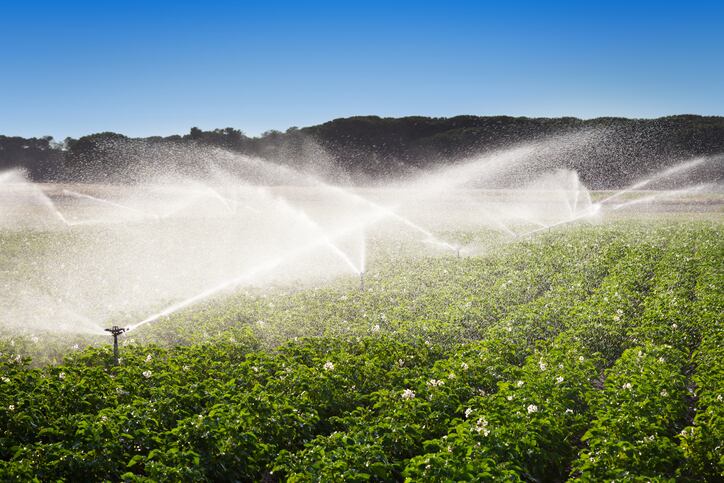
According to the EU, the new rules will help Europe adapt to the consequences of climate change.
“The regulation, which is fully in line with the circular economy, will improve the availability of water and encourage its efficient use. Ensuring that enough water is available for the irrigation of fields, in particular during heatwaves and severe droughts, which help prevent crop shortfall and shortage,” wrote the Commission.
It is expected that the rules will have a greater impact in regions where the demand for water still exceeds supply.
Minister of water and forests, Ioan Denes, welcomed the Council’s stance. “It makes sense to set harmonised minimum standards for reclaimed water quality and for compliance monitoring so that our farmers can use reclaimed water,” he said.
“Part of this is about learning from the experience of some Member States which have been successfully reusing water for decades.”
Nestlé adopts Nutri-Score – where it can
Food giant Nestlé has announced plans to adopt the Nutri-Score labelling scheme in Member States that already support the front-of-pack logo. Products will carry the traffic light system before the end of the year.
Nutri-Score is a voluntary front-of-pack scheme that classified foods and beverages according to the nutritional profile. The colour-coded system ranks items from A (healthier choices) to E (less healthy choices).
Countries to have already adopted the label include France, Belgium and Switzerland. Yet not all Member States have introduced the system, including Germany.
According to consumer watchdog foodwatch, Germany’s federal minister of agriculture, Julia Klöckner, has continually rejected the model, claiming that there is a need for further research.
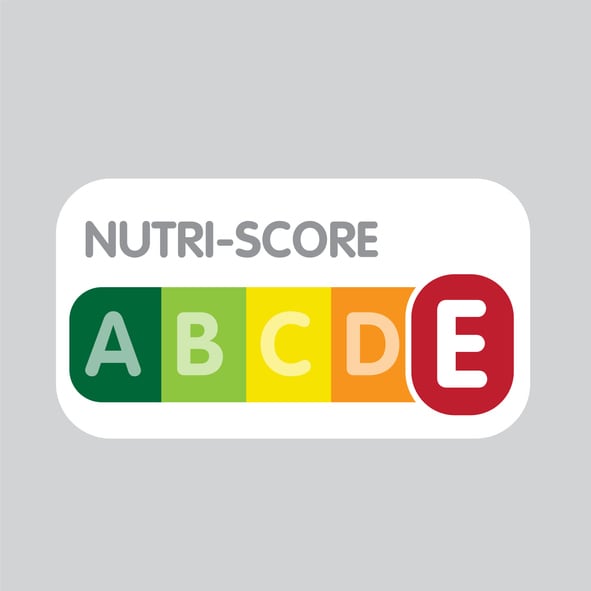
“Julia Klöckner ignores the overwhelming scientific facts. With the Nutri-Score traffic light, everyone can see at a glance how balanced or unbalanced processed foods are,” said foodwatch’s Luise Molling earlier last month.
Overall, Nestlé’s decision was welcomed across the bloc. The European Consumer Organisation (BEUC) said it was “glad to see that Nestlé had heeded the call of consumers.
“We are eager to see which products will bear the label and hope the initiative expands to more countries. We also encourage other companies to follow suit and display this easy-to-understand nutrition label on their own products. But ultimately, what we need is the label to become mandatory across Europe so all consumers can benefit from it and make informed food choices,” said food policy officer Emma Calvert.
Fake food and drinks seized across the EU
A Europol-Interpol operation has seized more than €100m worth of fake food and drinks, the European Commission has reported.
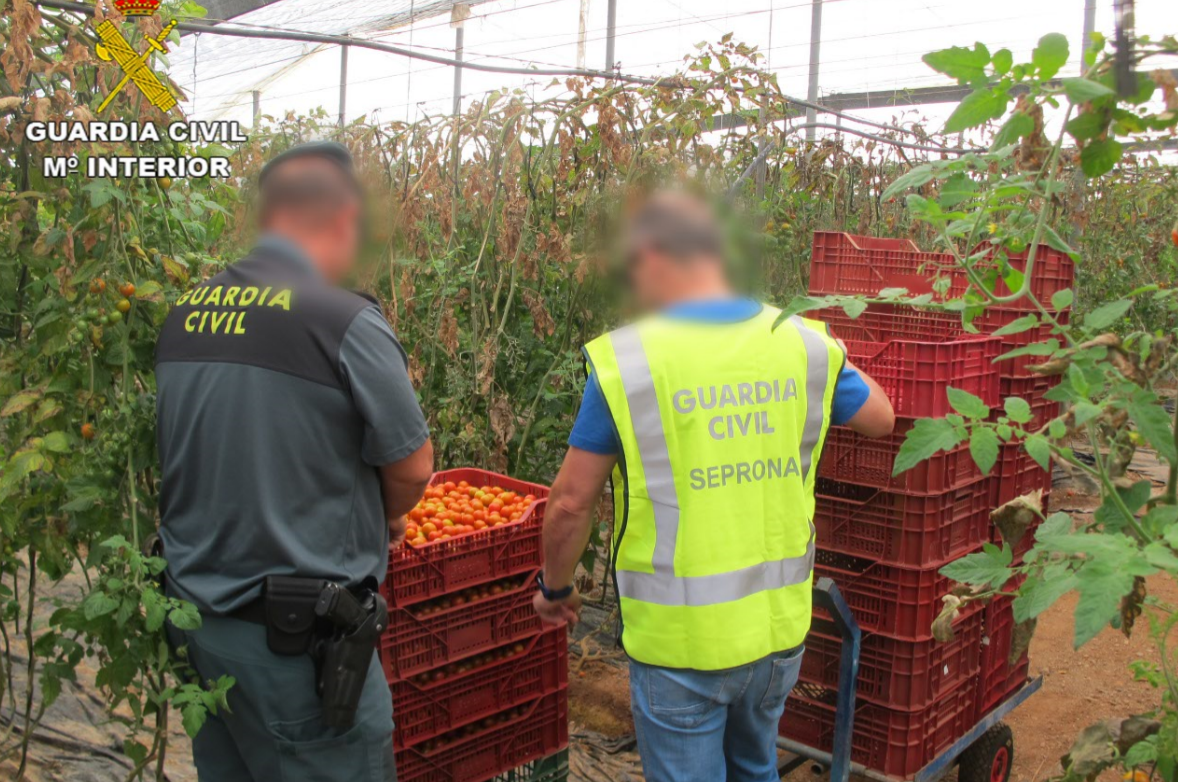
Investigations are ongoing in “many countries” in relation to the potentially dangerous food and drinks, with 627 individuals under arrest so far.
Overall, 16,000 tonnes and 33m litres of fake food and drink was seized, after the organisations checked 67,000 locations, covering shops, markets, airports, seaports and industrial estates.
Illicit alcohol was the most seized item, but authorities also found tampered expiry dates on cheese and chicken.
“The volume of the seizures confirms that food fraud affects all types of products, and all regions of the world,” said head of Europol’s European serious and organised crime centre, Jari Liukku.
“It is hurting the consumers’ wallets: in the best of cases, food fraud is the deception of consumers, whereby they pay for something they do not get, but in the worst cases, food fraud can result in serious harm to the public’s health."
Croatian flatbread enters PGI register
The European Commission has approved the application for registration of the traditional Croatian flatbread, ‘Zagorski mlinci’, in the register of Protected Geographical Indications (PGI).
Zagorski mlinci is a thin, dried flatbread with lightly raised brown bubbles that form in the baking process. The bread, which ranges in colour from white to yellow, and made from flour, water and salt.
Once the dough is rolled out onto a flat surface, it is stretched by hand into a very thing consistency. This takes specialist ‘know-how’. The bread is cooked in a rectangular shape, and traditionally eaten with roast turkey.
The PGI covers production of the bread in the northern region of Hrvatsko Zagorje – including Krapina-Zagorje County, Varaždin County, and the border sections of Zagreb County with these areas.
The addition of Zagorski mlinci takes the total number of protected products up to close to 1,500. The full list is available here.


